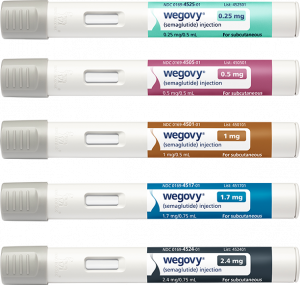
Cancer survivors in the throes of loneliness are more likely to die compared to those with companionship, a new study finds. Further, people who are the most lonely are the most likely to die, results show. “Loneliness, the feeling of being isolated, is a prevalent concern among cancer survivors,” said lead researcher Jingxuan Zhao, a senior associate scientist in health services research at the American Cancer Society. Cancer diagnosis and treatment tends to isolate people as they engage in a personal struggle with the dreaded disease, straining their social relationships, Zhao explained. “There are more than 18 million cancer survivors in the U.S. and that number is expected to increase to 22 million by 2030,” Zhao said. “We need to address this critical issue now.” For the study, researchers tracked more than 3,400 cancer survivors aged 50 and older who responded to a federally funded study on retirement and health between 2008 and 2018. About 28% of the survivors reported severe loneliness, and another 24% reported moderate loneliness. Those reporting the highest level of loneliness were 67% more likely to die than the least lonely, researchers found. The new study was published April 25 in the Journal of the National Comprehensive Cancer Network. “What’s needed is the implementation of programs to screen for loneliness among cancer survivors and to provide social support to those in… read on > read on >







































